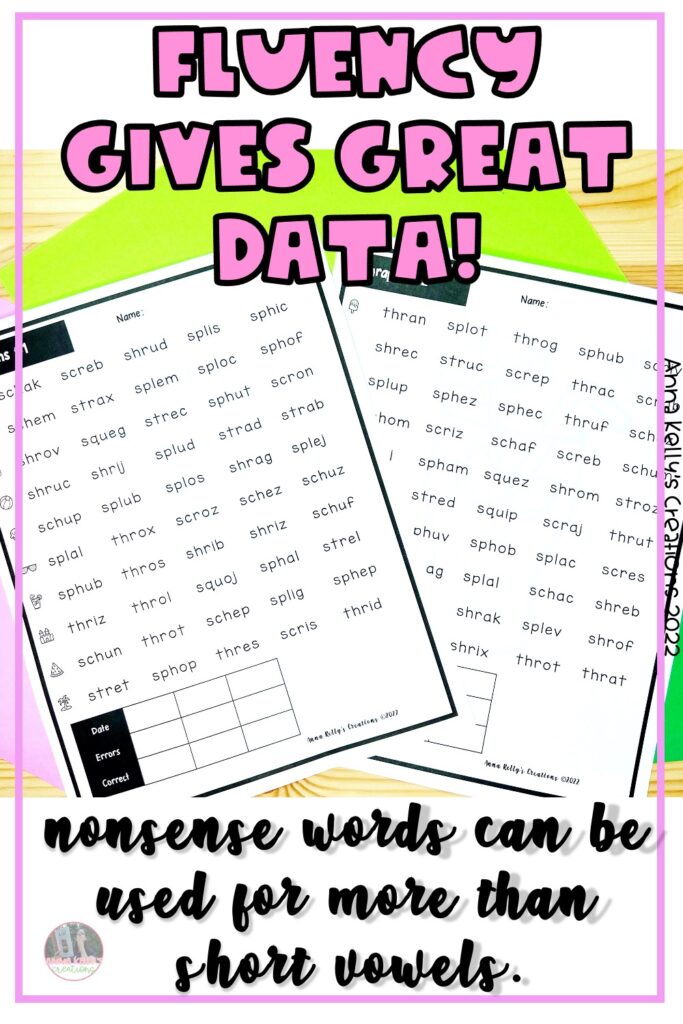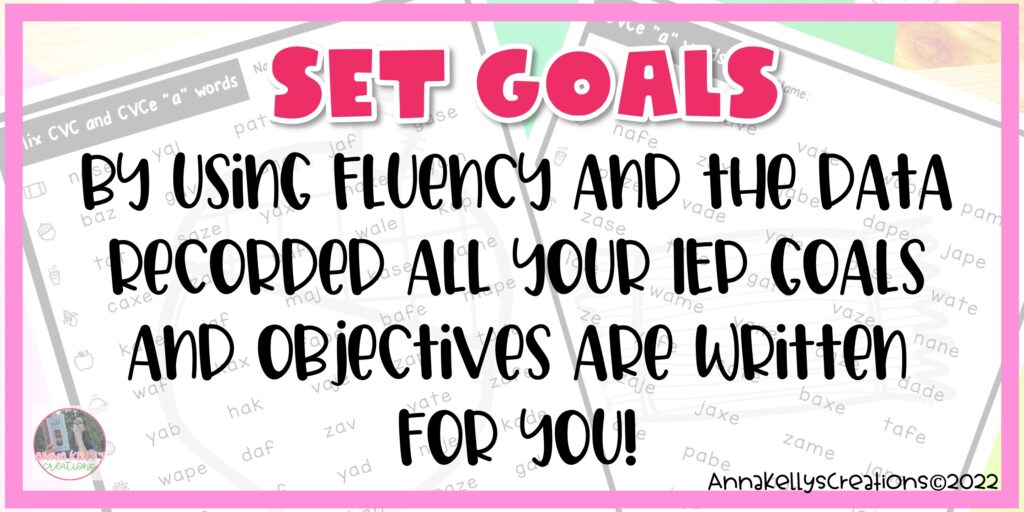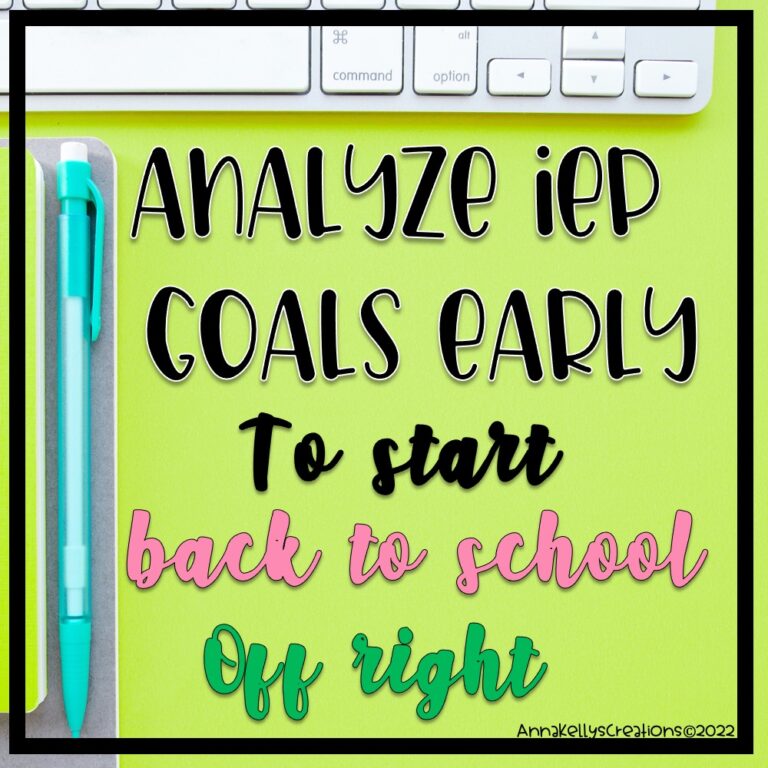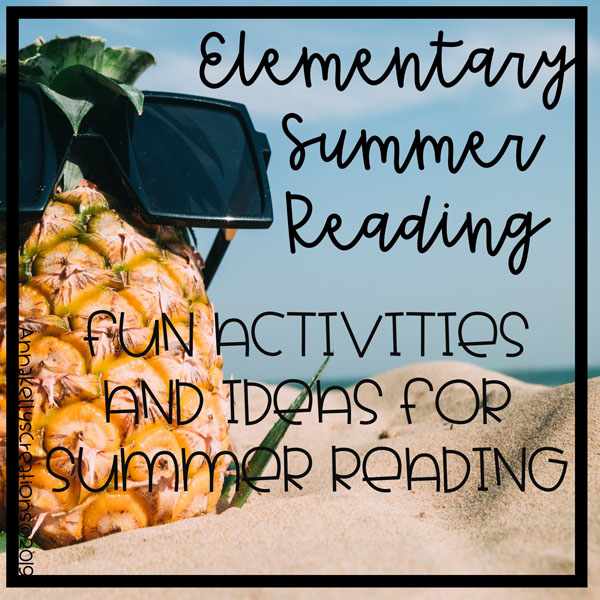Using Nonsense Word Fluency Assessments for Intervention
We know that students need to learn how to decode letters, blends, digraphs, and other phonics patterns, often addressing these standards during intervention time with our students.
During my time as a reading intervention teacher, I often helped students with decoding words, and I loved nonsense word fluency assessments as a tool to assist with this. I used them because I knew that they worked.
But I soon realized that there weren’t any nonsense word fluency assessments for more complex decoding skills such as blends, digraphs, and long vowels. I’d come to know and love using these assessments, so I was left feeling frustrated.
That’s when I decided to channel my frustration into something productive: creating nonsense word fluency kits for blends and digraphs.
Need activities to do to support students with blends? Read my blog post on Blending Sounds Activities.
Wondering how I used these nonsense word assessments? Learn how below.

Determining Student Needs
When working with any student, I start by determining their individual needs. The most effective way for me to do this is by assessing them to see what they know and what they still need practice with.
I assess them by using flashcards. This may sound simple, but it works. I start with letter sounds and then move to blends and digraphs. As I flash through the cards, I’m able to see what students know and what areas we may need practice with.

Using Fluency for Intervention
While using flashcards is beneficial, if you go through every single flash card each time, it would make for a long and tedious intervention process.
That’s why I do time fluency assessments with sprints. This is a quick, efficient way to complete intervention. Here’s how it works:
-
Start by having the student complete six 10 second sprints. A sprint involves a student reading as many letters, digraphs, blends, etc. as he or she can in 10 seconds.
-
Next have the student complete a 1 minute timed reading. If a student takes more than 3 seconds to read a word, read it for them and ask them to continue. After the 1 minute timed reading, review any words or sounds that students misread.
 Analyzing the Data
Analyzing the Data
As you complete interventions, you’ll collect data. The new phonics assessments I created for blends and digraphs helped me gather data on which area my students were struggling in. I was able to quickly see if they were struggling with a type of consonant blend in particular, or if they were struggling with blending all of the sounds together.
Then, I was able to take this information and use it for interventions, Response to Intervention meetings, to write IEP goals for phonics, and as a tool to help create reading groups. The data was helpful to have on hand for meetings and for progress reports. The data I collected was truly life-changing for me as an interventionist because I could use it in so many ways.
Setting Goals to Coincide with Intervention
If you’re wondering how to use this data to write IEP goals, peek at this example goal:
By the end of the IEP year when given a list of words containing blends ______ will be able to read 9 out of 10 correct on 3 consecutive trials. As measured through classroom assessments.
Objective:
By the end of the IEP year when given a list of beginning blend ____ will be able to read 4 out of 5 correct on 5 consecutive trials.
By the end of the IEP year when given a list of ending blends ___ will be able to read 4 out of 5 correct on 5 consecutive trials.
Easy as that!
I have all of the fluency assessments made for you, click here to check them out.
Thinking of using nonsense word fluency assessments for intervention this year? Comment below with any questions you have for me! I promise you won’t regret it.




